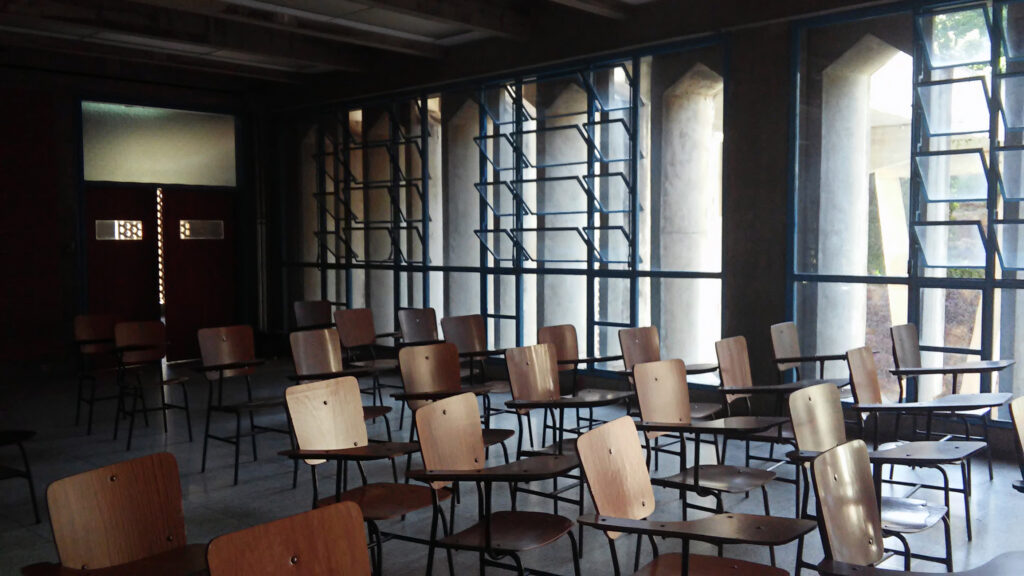TRENTON, NJ — Some of New Jersey’s largest school districts are on the brink of failure, and representatives from those districts are blaming Democrat legislators and New Jersey Governor Phil Murphy.
At the center of the debate is Phil Murphy’s ‘equitable’ school funding ‘S2’, which takes money from ‘wealthy’ school districts and delivers that money to districts like Newark, Camden, and other inner-city districts.
It’s called ‘equity’, by the governor, but what it’s doing is destroying the public school system in many suburban communities.
For years, Murphy and Democrats ignored warnings from those districts while touting the ‘success’ of that new funding formula.
Now, judgment day has come for tens of thousands of New Jersey students and families as their schools are closing, teachers are being fired, and programs are being cut.
Meanwhile, Newark schools, the main beneficiary of suburban tax dollars are celebrating with $2 million in high-end catering services for teachers, expensive teacher retreats and reportedly other fraud and abuse of public funds.

Nine New Jersey school districts are taking drastic financial measures—ranging from mass layoffs and property sales to major tax hikes—in a scramble to survive deepening budget deficits caused by state aid reductions and rising operational costs.
Key Points
- Districts including Brick, Jackson, Lakewood, and Toms River are enacting layoffs, school closures, and tax increases.
- State aid cuts and inflation-driven costs are pushing districts toward borrowing and emergency measures.
- Lakewood is seeking a $130 million state loan after a rejected budget; Plainfield hiked property taxes by 36%.
Brick and Jackson—both in Ocean County—cite funding gaps and operational cost spikes as the reasons behind staff reductions, tax increases, and potential school closures. Brick officials warned of “layoffs, tax increases, and potential school closures,” while Jackson faces the possible closure of facilities due to aid reductions.
In Lakewood, a $307.3 million budget was rejected, and officials say a $1.6 million state aid increase is not enough. The district has already implemented staff cuts, is closing an elementary school, and is requesting a $130 million loan from the state to stay operational.
Property tax spikes and funding gaps

Plainfield, in Union County, passed a 36% property tax hike—the first in six years—adding $885 to the average homeowner’s annual bill. The district remains heavily reliant on state aid, which makes up 75% of its budget, and is still facing a deficit.
In Toms River, officials are dealing with a significant funding shortfall. The district is responding with layoffs, school closures, steep tax increases, and the sale of district-owned properties.
Middletown, in Monmouth County, says its $14.8 million state aid—up 6%—remains inadequate. The district has initiated layoffs, tax hikes, and is considering selling property to make ends meet.
Legal fees, declining enrollment, and mounting pressure
Passaic approved a $369 million budget despite reduced state aid and a yearly decline of about 200 students. The district will cut 51 jobs and has adopted its budget amid ongoing financial challenges.
In Wayne, high spending on legal services, supplies, and extracurricular programs continues even as state aid falls. Meanwhile, West Milford faces a budget deficit due to aid cuts and increasing costs.
